How to make a great beetroot juice
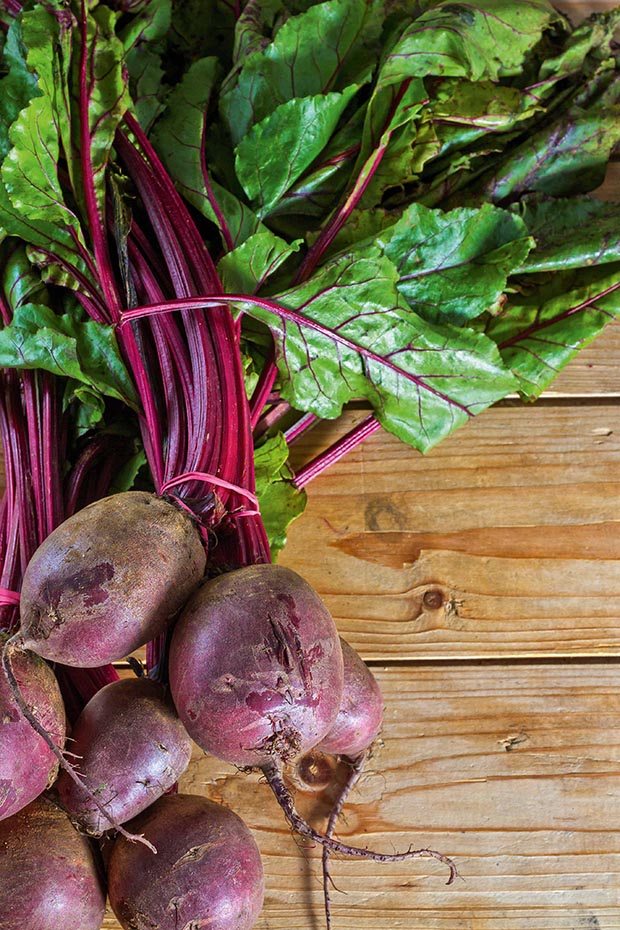
It’s bright, bold, very red and packs a powerhouse of nutrients. Beetroot’s distinguished, rich, purple-crimson colour alone should be a clue to its natural potency.
Words: Jenny Somervell
As a child of the 1970s I first encountered beetroot as an accompaniment to summer salads in the traditional malt vinegar and sugar mix. Beetroot was a staple of the lunch and dinner menus. Thirty years later, after a bout of cancer and struggling with chronic fatigue, my herbalist recommended juicing raw beetroot with apple, ginger, parsley and garlic as a tonic and immune booster. I investigated juicers, bought the more expensive one, gulping when I paid the bill, and made my first juice batch.
To say this was a potent brew was an understatement! It took a few weeks to adjust, but then I was hooked. I became a juice lover, looking forward to my twice-daily tonic of nutrient-laden liquid. Beetroot’s distinguished colour alone should be a clue to its nutritional potency.
DID IT WORK?
Recovery from chronic fatigue is never rapid but I have made better-than-average progress. I’ve gone from not being able to work, to writing and producing books and holding down several jobs. Did the beetroot juice have anything to do with it? With all the other life and health-promoting things I was doing, it is hard to know, but given the evidence of beetroot’s health benefits, I bet the beetroot had a part to play. FYI: 12-14% of the population will experience pink urine after consuming beetroot juice and fortunately the condition is harmless
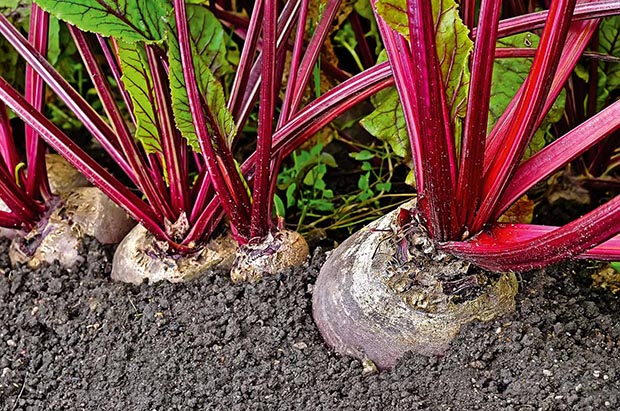
UNIQUE HEALTH BENEFITS
Beetroot has long been used to stimulate detoxification and help to purify the blood and liver. It is nutrient-rich and contains some of the best resources for liver health: iron, calcium, betaine, B vitamins and antioxidants. The liver is the body’s major filtration system and a healthy liver results in improved regulation of metabolic processes, a stronger immune system and increased energy levels. Beetroot greens (the tops) have more iron than spinach and a higher nutritional value overall than the actual root. The greens contain phosphorus, zinc, vitamin B6, magnesium, potassium, copper, and manganese, and are rich in calcium and iron. A 100g serving contains half the recommended daily allowance (RDA) of vitamin C. They can be cooked in the same way as spinach, or young leaves are suitable raw in salads.
The rich fibre content of beetroot increases the level of antioxidant enzymes and the number of white blood cells in the body, all-important in detecting and eliminating abnormal cells. Researchers at Oxford Brookes University in the UK found that beetroot juice had a high antioxidant and polyphenol content. Polyphenols block the action of enzymes that cancer cells need for growth. The antioxidants in beetroot juice were found to be more available than other vege juices.
So also is the sugar, which beetroot contains more of than any other vegetable but with half the carbs of starchy veges like potato. It is in the easily-assimilated form of fruit sugar, and has been described as a source of vitality in the human body. Some athletes swear by beetroot’s ability to boost performance.
The case for beetroot juice is so strong, it makes me question why I am not still doing it. Sadly my juice therapy waxed and waned. Life got in the way but mostly it was the catastrophic altercation of a fork with the juicer’s auger. The auger in my juicer turned out to be less resistant than the fork and I baulked at the price of replacing it. It might be time to reconsider – who can put a price on health!
BEETROOT- A NUTRITIONAL POWERHOUSE
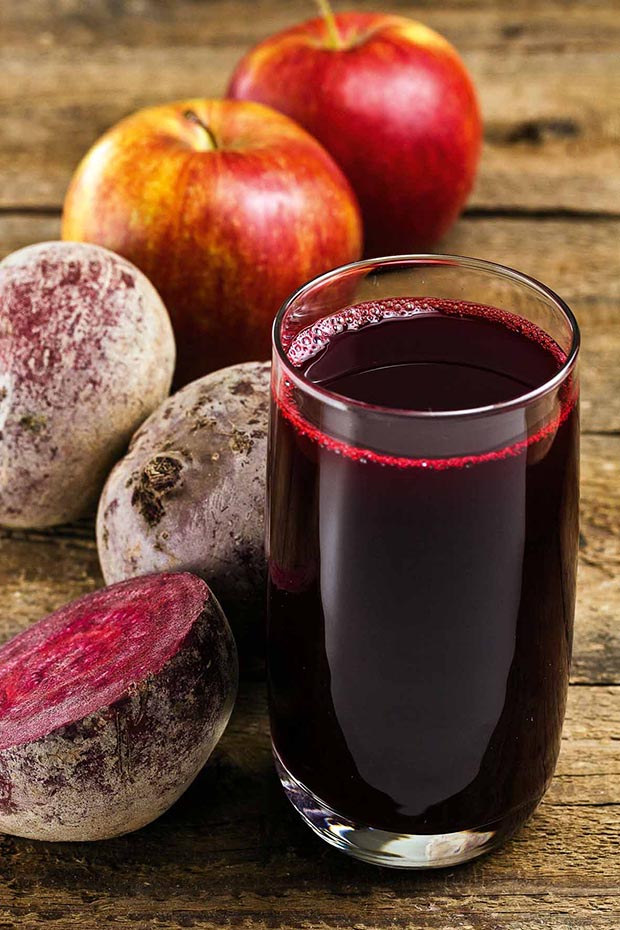
Raw beetroot (1 cup)
Contains: 58 calories, 2.2gm of protein, 0.2gm of fat, and 13gm of carbohydrates including 3.8g of fibre – 15% of the RDA. The high fibre helps prevent constipation and promotes regularity for a healthy digestive tract.
Canned beetroot
Contains the same fibre, but only half the potassium and folate of fresh beets.
Cooked beetroot (1 cup)
Contains: 23% of the RDA of manganese (required for collagen, which heals wounds and strengthens and supports skin, eyes, tendons and bones; also required to produce proteoglycan, an essential part of bones and cartilage). 11% of the RDA of potassium (essential for nerve and muscle function and involved in regulating the heartbeat, blood pressure and the amount water in the body) and a third of the RDA of folate, which helps to synthesise DNA, is essential for normal growth of new cells and helps to prevent birth defects.
BEETROOT IS GOOD FOR YOU
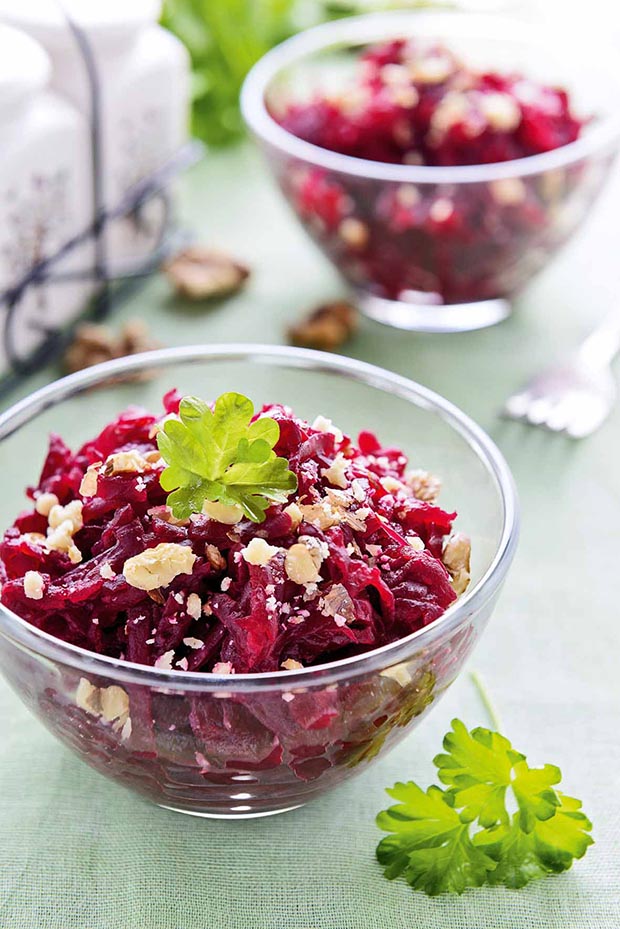
The vegetable or juice extract can:
• significantly lower blood pressure;
• improve muscle oxygenation during exercise and aid recovery from exercise stress;
• improve blood flow and oxygenation to the brain;
• lower glucose levels, increase insulin sensitivity and prevent oxidative stress-induced changes in diabetes patients;
• help with sleep, muscle movement, learning and memory;
• help keep the liver in optimal condition and heal liver disease;
• protect cells, proteins and enzymes from environmental stress, and counter the effects of pollution in the body, including alcohol;
• help fight inflammation;
• lower levels of homocysteine, a highly-toxic metabolite in the body connected to increased platelet clotting and development of strokes and coronary heart disease.
JUICERS – PROS & CONS
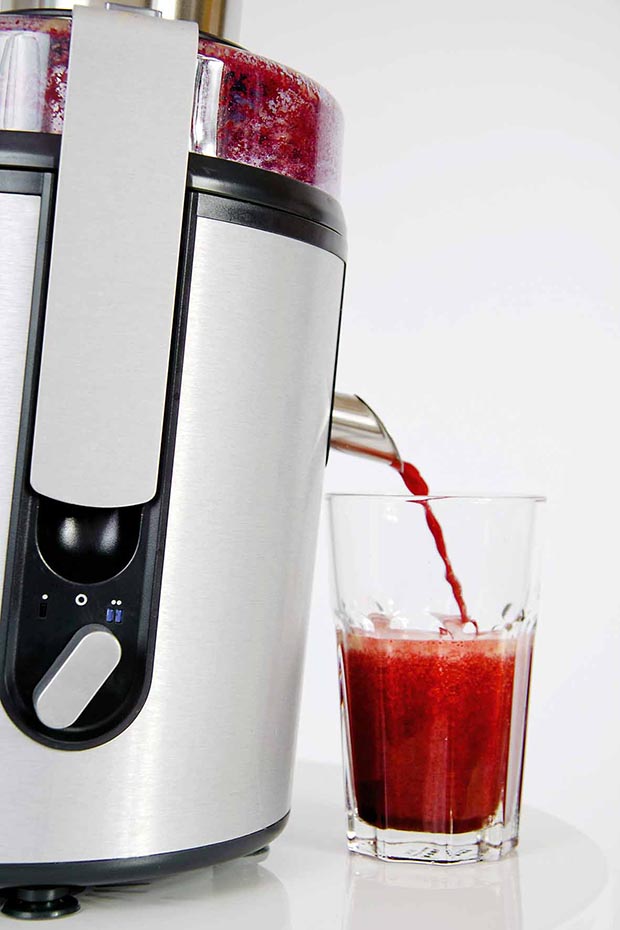
A centrifugal juicer
Chops up vegetables with a flat cutting blade while spinning them at very high speed (300-16,000 RPMs). The juice is extracted by centrifugal force, much like a washing machine spins water out of clothes. The juice passes through tiny holes in a strainer basket leaving pulp behind. Centrifugal juicers are more common, cost less and handle large volumes of juice. But overall they extract less juice, and because the process adds heat and exposes the juice to air, there is more oxidation and the juice is a lower quality. They are not as effective juicing leafy veges, herbs and wheatgrass.
A gear or masticating juicer
Juicing takes longer but produces a higher yield and a better quality juice. An auger grinds the juice through a stainless steel screen at 80-160RPM. It tears cell membranes without adding heat, and releases deep-seated nutrients, enzymes and phytochemicals. The result is a richly coloured, slightly thicker juice with more nutrients and minerals.
A new development, a vertical juicer, takes up less bench space and has a larger auger and wider chute, saving time cutting veges.
6 tips for juicing:
• Do NOT push veges into the chute using a fork (learned from experience!)
• For a gear juicer, alternate soft and hard veges. For apples choose harder varieties like Granny Smith, Gala, and Golden Delicious.
• Finish with a non-staining vegetable.If juicing beetroot, finish with a lemon to avoid staining.
• Begin drinking in small quantities to start with to allow the digestive system to adapt as the juice is strong!
• A quarter of a lemon will enhance the juice’s taste and multiply absorption.
• Always wash the juicer immediately after juicing.
HOW TO MAKE A GREAT BEETROOT JUICE

Choose beetroot that is as fresh as possible. They are best less than 7.5 cm in diameter – more than that and they are probably tough. They should be firm, smooth and a vibrant red-purple, not soft, wrinkled or dull in colour. Removing the greens will extend fridge life from 3-4 days to 2-4 weeks.
Juice alerts
Beetroot juice is best made and drunk fresh. Nitrate-containing vegetable juices can accumulate bacteria that will change from nitrate to nitrite, contaminating the juice. You can keep juice covered in the fridge for up to12 hours but no longer.
Side effects
Betaine can have mild side effects: nausea, stomach upsets and diarrhoea. It can also increase cholesterol in those with kidney disease if taken with folic acid and vitamin B6, and also in those who are overweight. People with hemochromatosis or Wilson’s disease should avoid excess consumption of beetroot due to the potential for copper and iron accumulation. Beet greens, and to a lesser extent the roots, contain high levels of oxalate. Those with a history of oxalate-containing kidney stones should avoid consuming beetroot.
Love this story? Subscribe now!
 This article first appeared in NZ Lifestyle Block Magazine.
This article first appeared in NZ Lifestyle Block Magazine.
